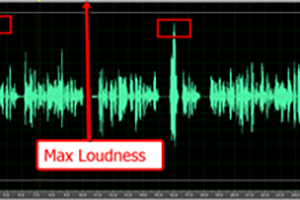 Home recording is capable, in 2016, of producing the same audio quality as pro recording studios. It comes down almost entirely to the knowledge of the people involved.
Home recording is capable, in 2016, of producing the same audio quality as pro recording studios. It comes down almost entirely to the knowledge of the people involved.
For example, there are tools like software effects available for free. But if you don’t understand how to use these effects, or what they can do to help (or hurt) your audio, then they aren’t very useful at all.
But in the hands of people who have some knowledge – and often, not even hard knowledge – effects like compression can take a bland audio recording and really make it sound awesome.
For an idea of what compression is, see my articles:
Should You Use Compression In Audio Recording?
Improve Or Ruin Your Audio With an Effect Called Compression and
Vocal Compression Using Reaper’s ReaComp Effect Plugin
Here is recent post from Audio issues on how to give punch to your mixes – http://www.audio-issues.com/music-mixing/use-your-compressor-effectively-to-create-punchier-mixes/
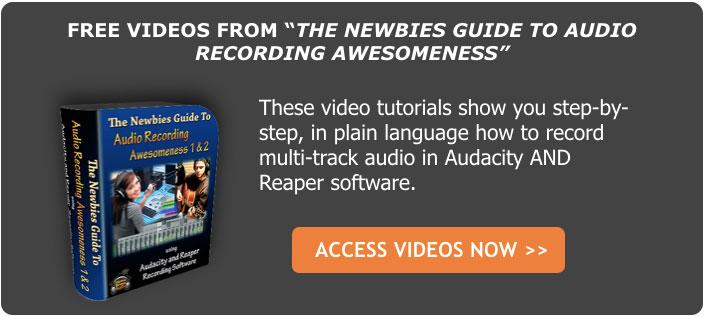
A Sampling of Home Recording Microphones From Audio-Technica
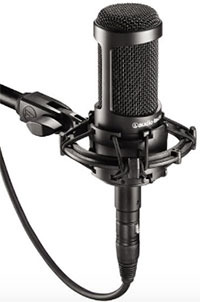
Audio-Technica are well known for creating some of the most popular microphones and headphones in use for home recording as well as the most demanding professional settings. They create a full range of mics from super inexpensive to high-end.
That’s not all. Their offerings include not only standard microphones (the kind with a 3-pin plug called “XLR” plugs), but also several different USB mics. I love the idea of USB mics for folks who want to record good audio but are on a serious budget. Not only are they inexpensive compared to standard mics, but you don’t need a separate audio interface, which saves you even more money.
Below is a link to an article from e-Home Recording Studio that talks about eight different Audio-Technica microphones that you might consider for your home recording studio.
Oddly enough, the article does not mention one of my top picks as a home recording microphone – the AT2035. That mic is a large diaphragm condenser standard microphone with professional sound at beginner price of $149.00. See (as well as hear) my review of the Audio-Technica AT2035 here: Review of the Audio-Technica AT2035 Microphone.
Read a bit about some other AT mics here: http://ehomerecordingstudio.com/audio-technica-microphones/

Recording The Lead Vocal
 The lead vocal is usually the central focal-point of a recording, especially when you’re talking about singer/songwriter type songs where the arrangement is pretty intimate. Besides the voice, you may have a piano or an acoustic guitar and nothing else. So it’s really important to get the best vocal sound you can.
The lead vocal is usually the central focal-point of a recording, especially when you’re talking about singer/songwriter type songs where the arrangement is pretty intimate. Besides the voice, you may have a piano or an acoustic guitar and nothing else. So it’s really important to get the best vocal sound you can.

Part of that equation is the microphone. For example, the most common advice is to use a large diaphragm condenser microphone like the Rode NT2-A or the Audio-Technica AT2035. But sometimes a mic that sounds good on one person’s voice will not sound great on someone else. You often have to find the right mic for the right person.
There are other considerations as well. This article addresses issues such as who will do the singing (if you’re a better songwriter than singer then it might not be you!), what recording space will be used to track the singer, and how to best monitor the session. Check it out here:
http://www.recordingmag.com/resources/resourceDetail/247.html

Pro Tools First 12 – A Graphically Enhanced Manual
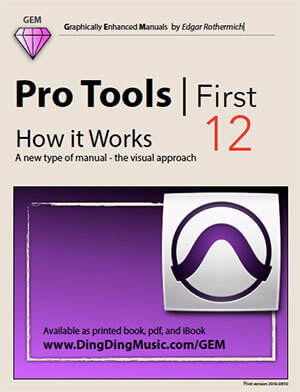 Pro Tools First is the free version of the industry standard Pro Tools, which is now in its 12th version. I recently read an interesting manual for Pro Tools First 12 – something called a “graphically enhanced manual (GEM)” from author Edgar Rothermich: “Pro Tools 12 | First: How It Works.”
Pro Tools First is the free version of the industry standard Pro Tools, which is now in its 12th version. I recently read an interesting manual for Pro Tools First 12 – something called a “graphically enhanced manual (GEM)” from author Edgar Rothermich: “Pro Tools 12 | First: How It Works.”
Rothermich describes the GEM as “a new type of manual – the visual approach.” He has a dozen+ other manuals available at his site here: http://www.dingdingmusic.com/DingDing/Manuals.html for other audio recording programs such as Logic Pro, GarageBand, Ableton Live, and Final Cut Pro.
This manual is definitely different from other “manuals.” Not only is it comprehensive – comprising information not just about Pro Tools, but about the entire scope of audio recording, beginning in the first section, called “Prior Knowledge,” and continuing throughout the detailed explanations and how-tos in the rest of the book.
As is intended, the experience of learning is enhanced by the many pictures, diagrams and color-coded instructions and explanations.
If you are struggling with Pro Tools First, or simply need some clarification, definitely check out Pro Tools 12 | First: How It Works here.
Dr. Joe's Audio Recorder On Major Crimes
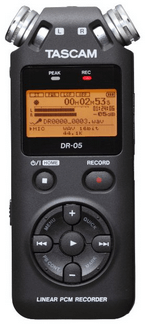
During the recent episode (White Lies, Pt.1) of TNT’s Major Crimes, Dr. Joe’s handheld audio recorder made a starring appearance. It was a Tascam DR-05 Portable Digital Recorder.
The department psychologist, Dr. Joe Bowman, records his sessions with a digital recorder. This came in very useful when one of his patients shot him, along with several other people in a courtroom, before being shot himself.
After the murderer died, the doctor/patient privilege no longer applied. The Major Crimes investigators believed there was key evidence on the recording of a session between Dr. Joe and the murderer. So they placed the small (but powerful) Tascam DR-05 in the center of a conference table so everyone could listen to the playback.
Using a digital recorder like the DR-05 (and all its cousins) makes recording sessions so much more convenient than in the old days when therapists would use cassette tapes. Not only is the quality of the audio much better, but the hours and hours of audio your can record makes storing and filing session a lot easier than cassette tapes in boxes.
The stereo pair of omni-directional mics on the DR-05 record audio in wav or mp3 format (up to 96kHz/24-bit high-resolution audio) to microSD or microSDHC cards. As you are probably aware, these cards are about the size of your thumbnail and not much thicker!
There are many portable digital recorders out there (like the one used by the character of Louis Litt in Suits:) – see our post – The XJS 5000 Dictaphone From Suits about that one). So if you are looking for something under $100 (the DR-05 goes for about $89 (US)) that can record high quality audio on the go, you might want to check out the Tascam DR-05.
CLICK HERE to find out more or get one for your own.